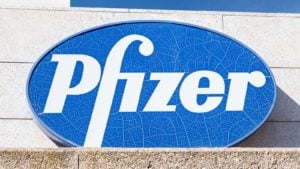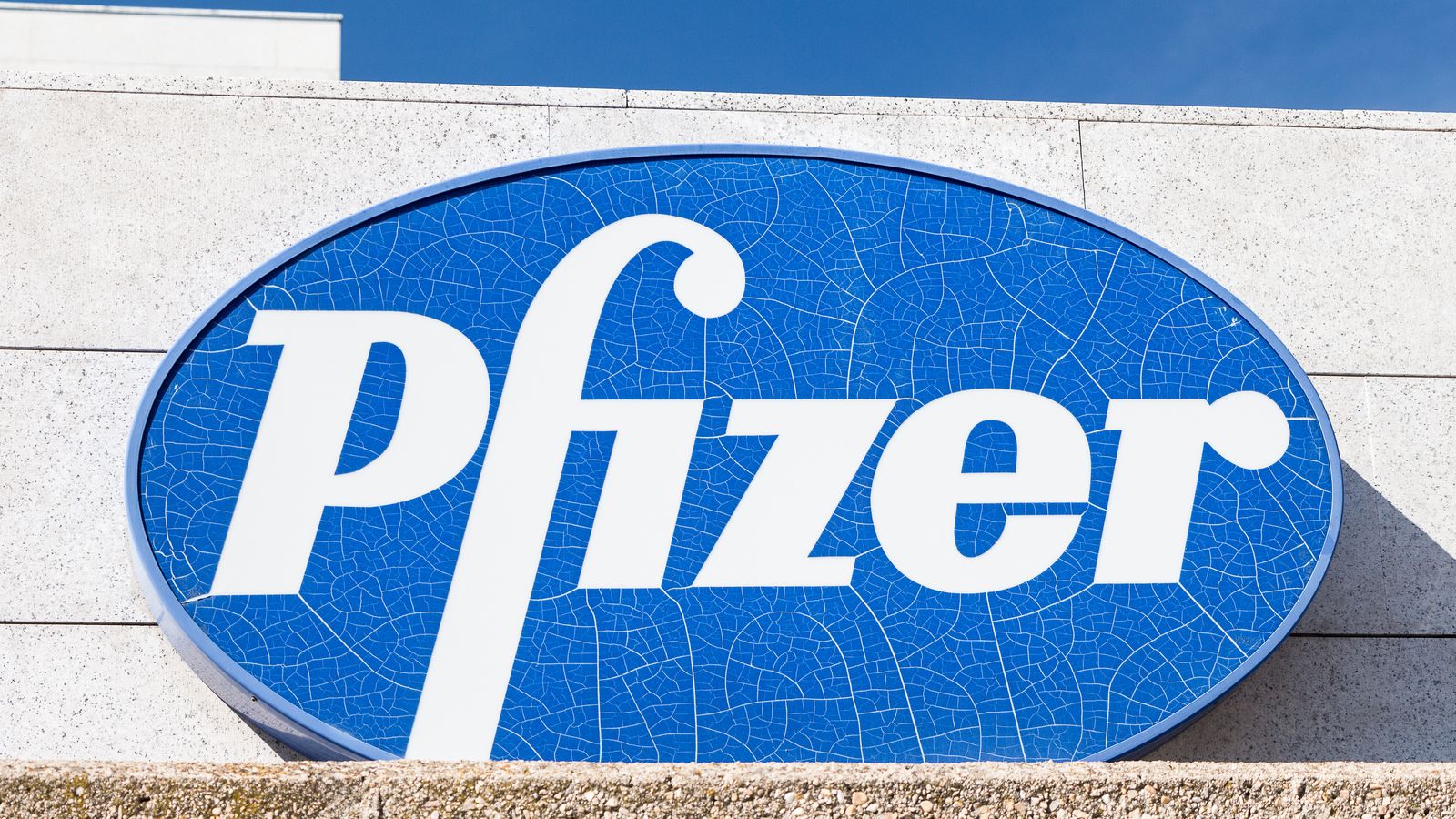Pfizer (NYSE:PFE) stock is trying to capitalize on its Covid-19 vaccine success to become the world’s Vaccine King. But even as the Centers for Disease Control (CDC) authorize a third “booster dose” of Pfizer’s compound for millions, PFE stock seems relatively becalmed.

It is up just 21% since the start of the year, against 12.3% for the Dow Jones Industrial Average. But it’s still dirt cheap, selling at just five times revenue, 19 times earnings, and sporting a dividend yield of 3.55%.
This is a function of Pfizer’s size. The Brooklyn-born drug company, founded by German immigrants in the mid-19th century, did $42 billion in business during 2020. It has a market capitalization of $246.4 billion. It’s not supposed to be a go-go stock.
Bourla’s Way
CEO Albert Bourla wants to change all that.
Bourla is a Greek-born veterinarian who joined Pfizer’s local animal health division in 1993. He moved to the U.S. in 2001, and became Pfizer CEO in early 2019.
While most folks focused on Pfizer licensing the BioNTech (NASDAQ:BNTX) vaccine for manufacture, Bourla completed the spin-out of Pfizer’s Upjohn consumer business. It was combined with Mylan into Viatris (NASDAQ:VTRS). Since that deal was finalized, Viatris stock is down 16%, an endorsement of the strategy.
Bourla’s job isn’t just to make the Covid vaccine. It’s to lead the campaign on its pricing. While promising low prices for “middle income” countries, Bourla has been aggressive in pricing negotiations. Brazil accused Pfizer of “holding it for ransom” on COVID vaccine pricing.
Why the Booster
A recent CDC study showed the Pfizer-BioNTech shot much less effective over time in staving off disease, compared with the one offered by Moderna (NASDAQ:MRNA). That may be because the Pfizer vaccine is given at a very low dose, “to protect against side effects” according to Bourla’s top scientist.
A low dosage let Pfizer quickly start a study showing its vaccine was safe for school age children. The drug, now called Comirnaty, could be approved for children next month.
Waning protection due to low dosage means continuing cash flow. The CDC now says it’s safe to combine the Covid vaccine with the annual flu shot.
The Hard Part
Pfizer’s stock gains this year look miniscule next to those of BioNTech, up 333%, and Moderna, up 335%. That’s a function of big numbers. Pfizer’s 20% gain represents $50 billion in new market cap, huge for a manufacturer. BNTX’s gain represents about $60 billion in new market cap.
Bourla’s job is now to get new Pfizer vaccines approved and maintain control over pricing. He is enlisting employees in the fight. Reformers, seeing the difference in prices paid by Americans and others for brand-name drugs, are using budget reconciliation to push back against them. His new video tells employees to lobby governments, saying price regulation would cut research.
Bottom Line on PFE Stock
The future of PFE stock won’t just be driven by Comirnaty. But it is about vaccines.
Bourla’s strategy will play out in Washington over the next few weeks. That starts with making Comirnaty a regular part of America’s vaccine regimen, as a name brand drug at a company-dictated price. But it also depends on having pricing freedom on other vaccines in his pipeline.
Pfizer has two other vaccines going through the registration process, four in Phase 3 trials, and two more in Phase 2 study. Pfizer also has vaccine “product enhancements” that would get new patent protection once approved.
Depending on how the current pricing fight goes, Bourla could make vaccine king Pfizer the drug profit king as well.
On the date of publication, Dana Blankenhorn held long positions in MRNA. The opinions expressed in this article are those of the writer, subject to the InvestorPlace.com Publishing Guidelines.
Dana Blankenhorn has been a financial and technology journalist since 1978. He is the author of Living With Moore’s Law: Past, Present and Future available at the Amazon Kindle store. Write him at [email protected] or tweet him at @danablankenhorn. He writes a Substack newsletter, Facing the Future, which covers technology, markets, and politics.
